
MILFORD PA – Grey Towers was the summer home of Gifford Pinchot, a man who would become known as “the father of American conservation.” On display today, it continues to reflect his well-to-do upbringing.
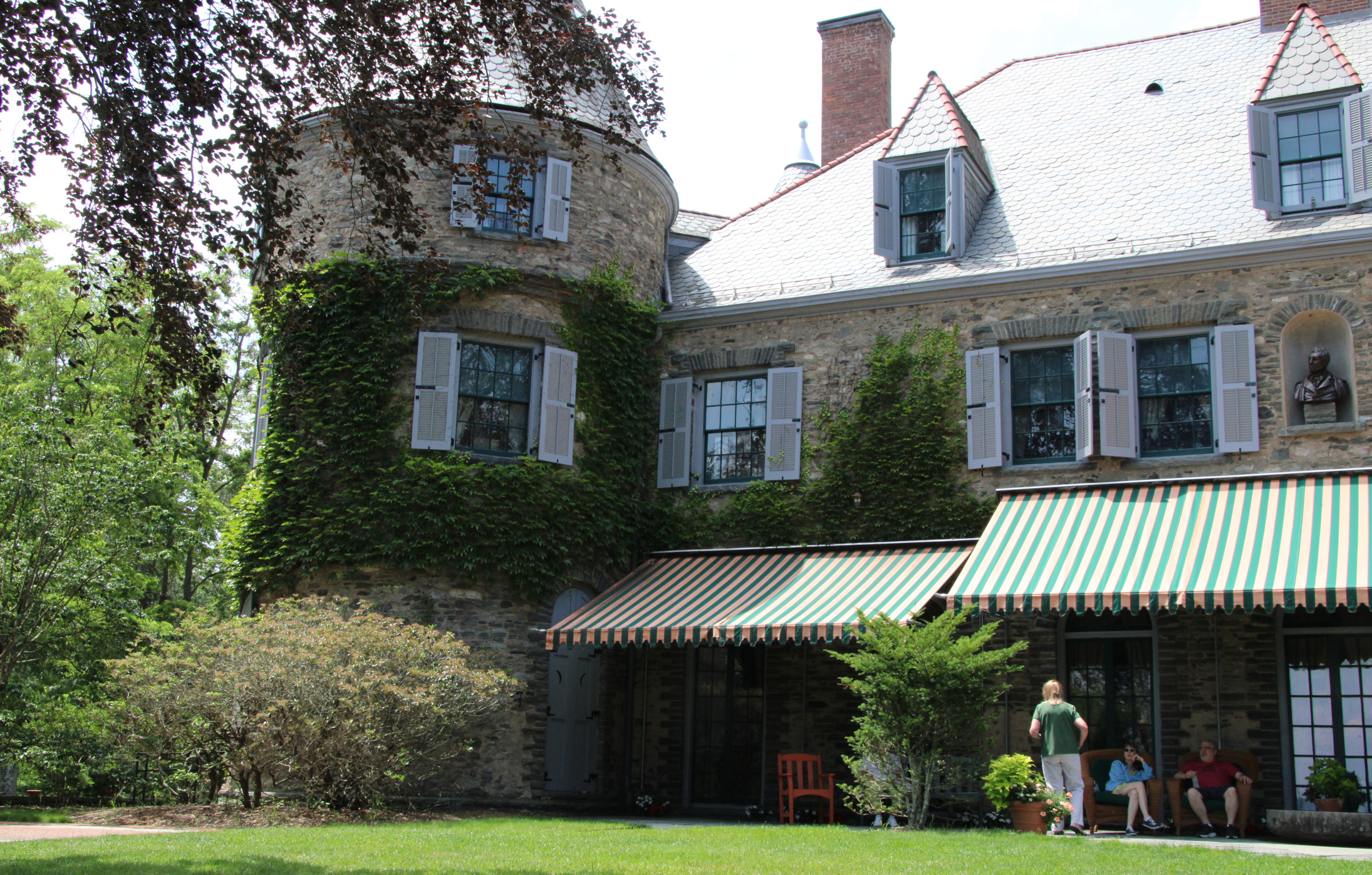
Looking at the estate, most would say Pinchot was born with a silver spoon in his mouth. His family’s retreat from big-city heat glitters as much as that polished tableware. His wealth, however, did not stop Pinchot from literally getting his hands dirty.
Pinchot loved nature, and was convinced by his father to study forestry at Yale University and in France. By the late 1800s, he was working to promote natural resource conservation and scientific forestry. His activism arose as timber harvesters were devastating forested properties nationwide.
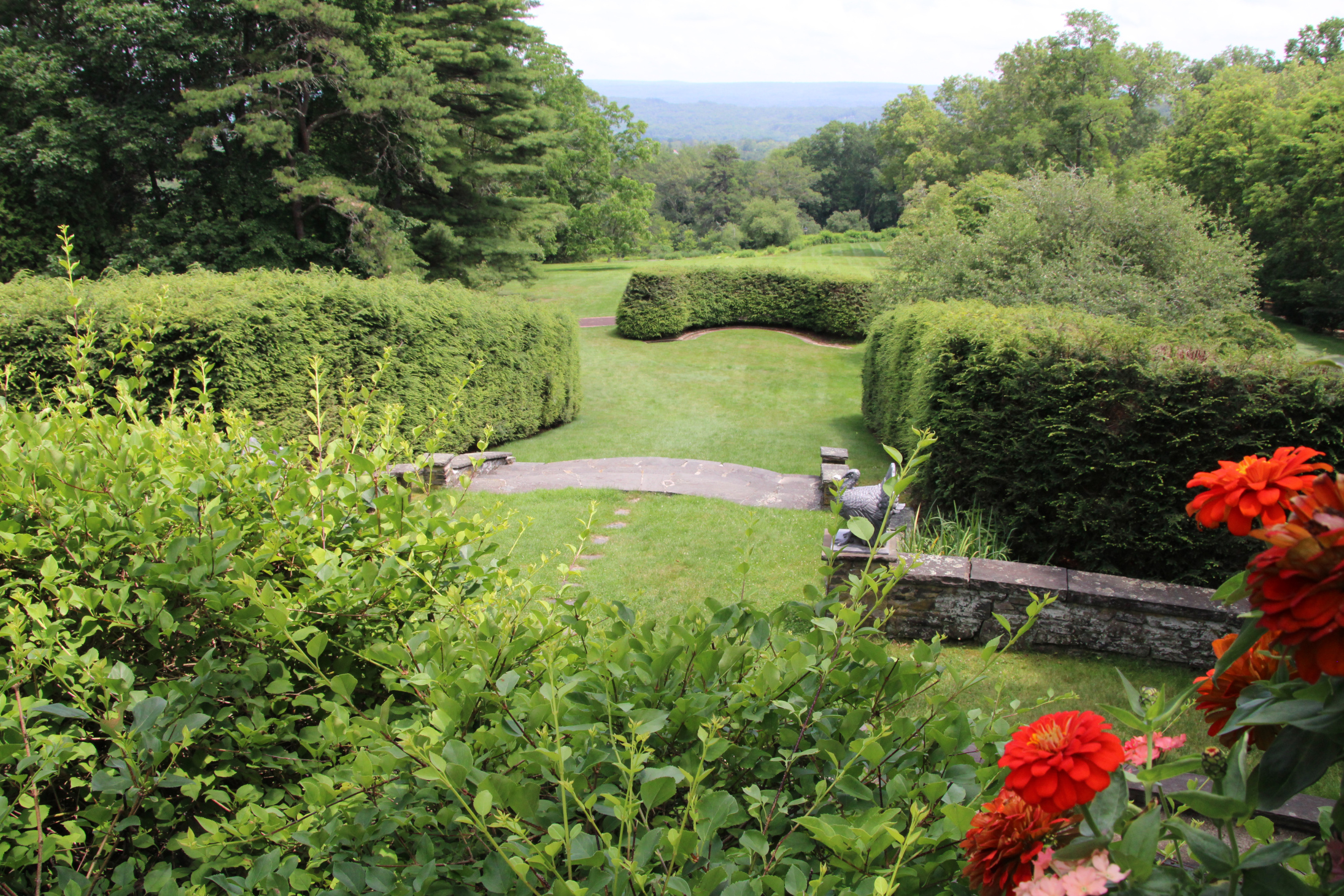
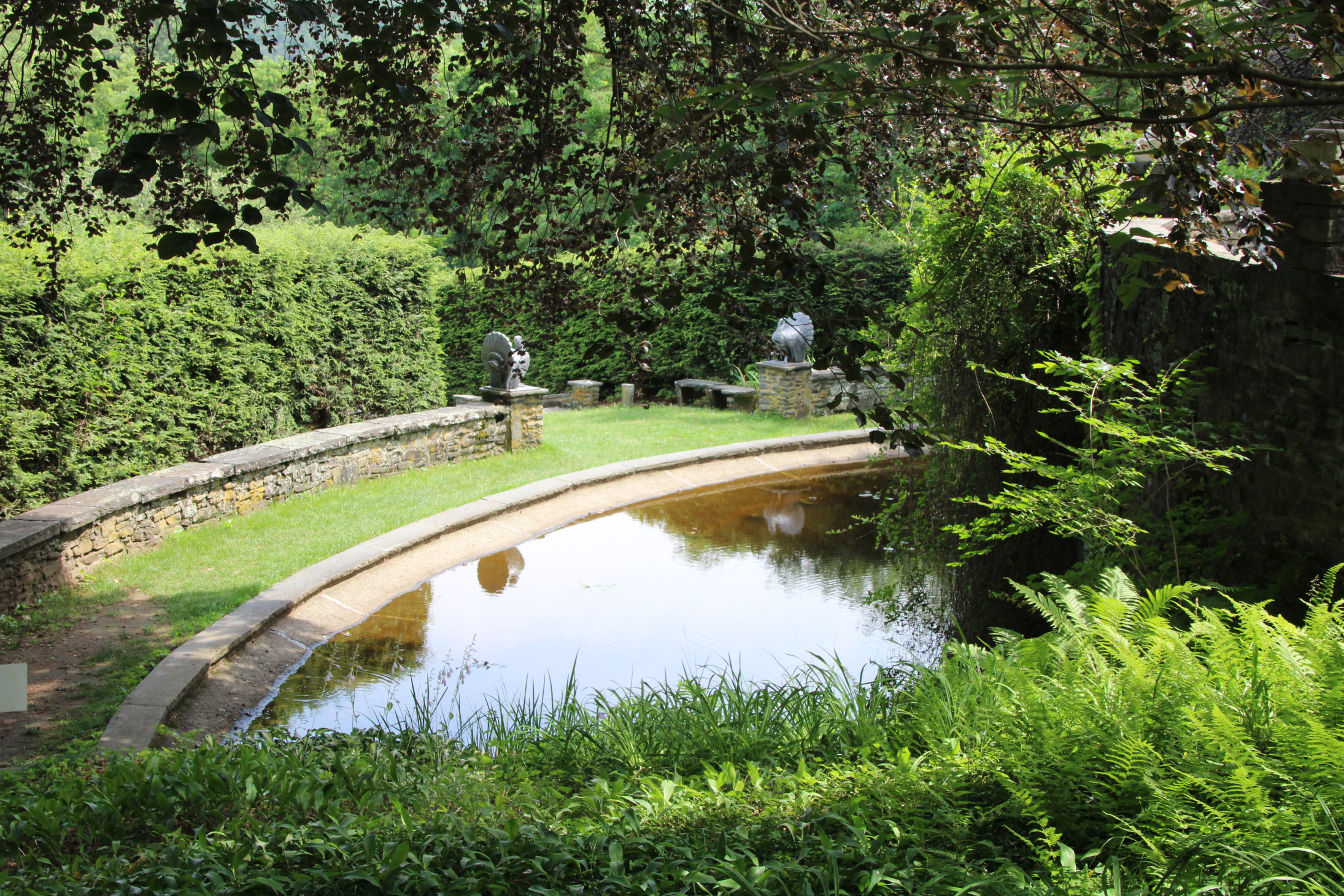
Later an impressed family friend, President Theodore Roosevelt, named Pinchot as chief forester of the fledgling U.S. Forest Service. Concern for the environment, an abiding interest in sustainability, and a belief in the need to renew resources for the future all were among principles Pinchot championed in the position.
Afterward, Pinchot also served two terms as Pennsylvania’s governor. History books claim he was both popular and effective. He wiped out a multi-million-dollar state deficit. He fought to regulate public utilities. Maybe most important to constituents, he launched dozens of projects to pave rural roads.
In recent years Montgomery, Berks, and Chester counties, just as elsewhere in the state, have served as proponents of Pinchot’s conservationist philosophy. Large amounts of acreage in all three have been spared from development by municipal, non-profit, and private preservation actions.
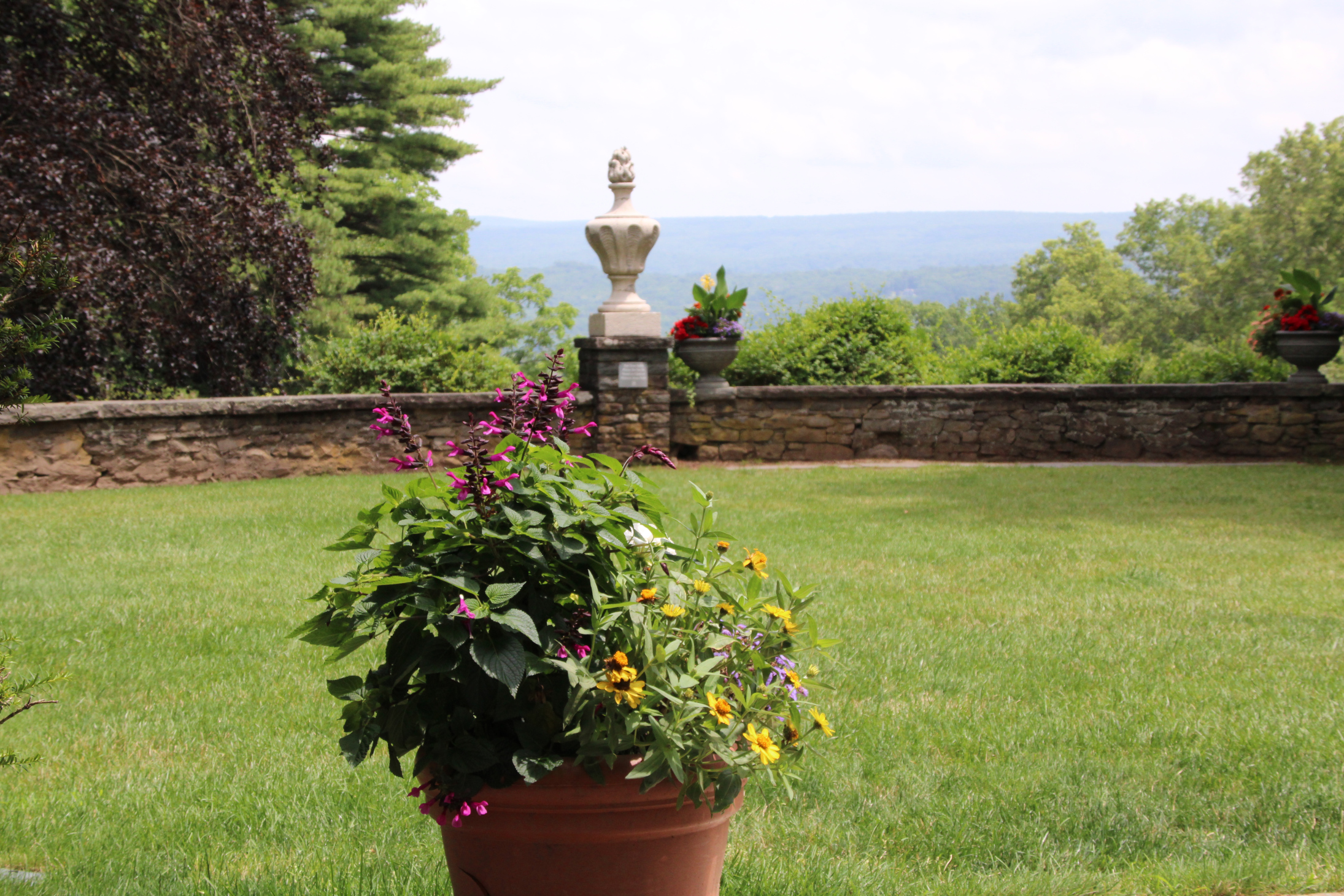
The castle-like mansion, built by Pinchot’s parents and remodeled and expanded by his wife Cornelia, stands atop hills providing a panoramic view. Located in Milford PA, it overlooks preserved lands that are now part of the Delaware Water Gap National Recreation Area.
Besides its attraction as a landmark, Grey Towers also serves as headquarters for the continuation of conservation leadership development programs, conferences, and public education initiatives.
Travels With The Post has twice visited the national historic site, most recently on July 8 (2023).
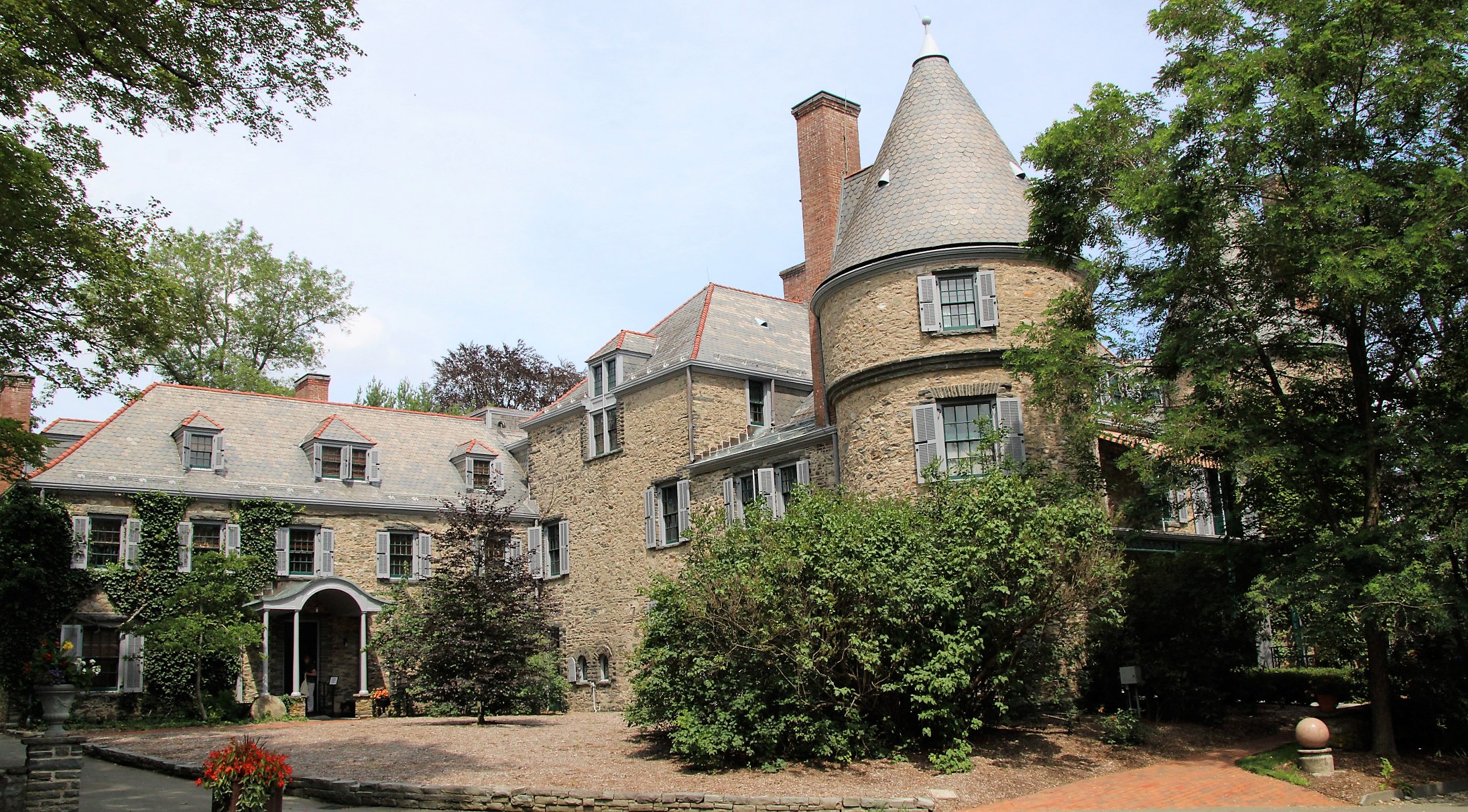
the front door. Plenty of parking, and a single-lane exit road, are found behind the main house.
The talk of all guests? ‘The Finger Bowl’
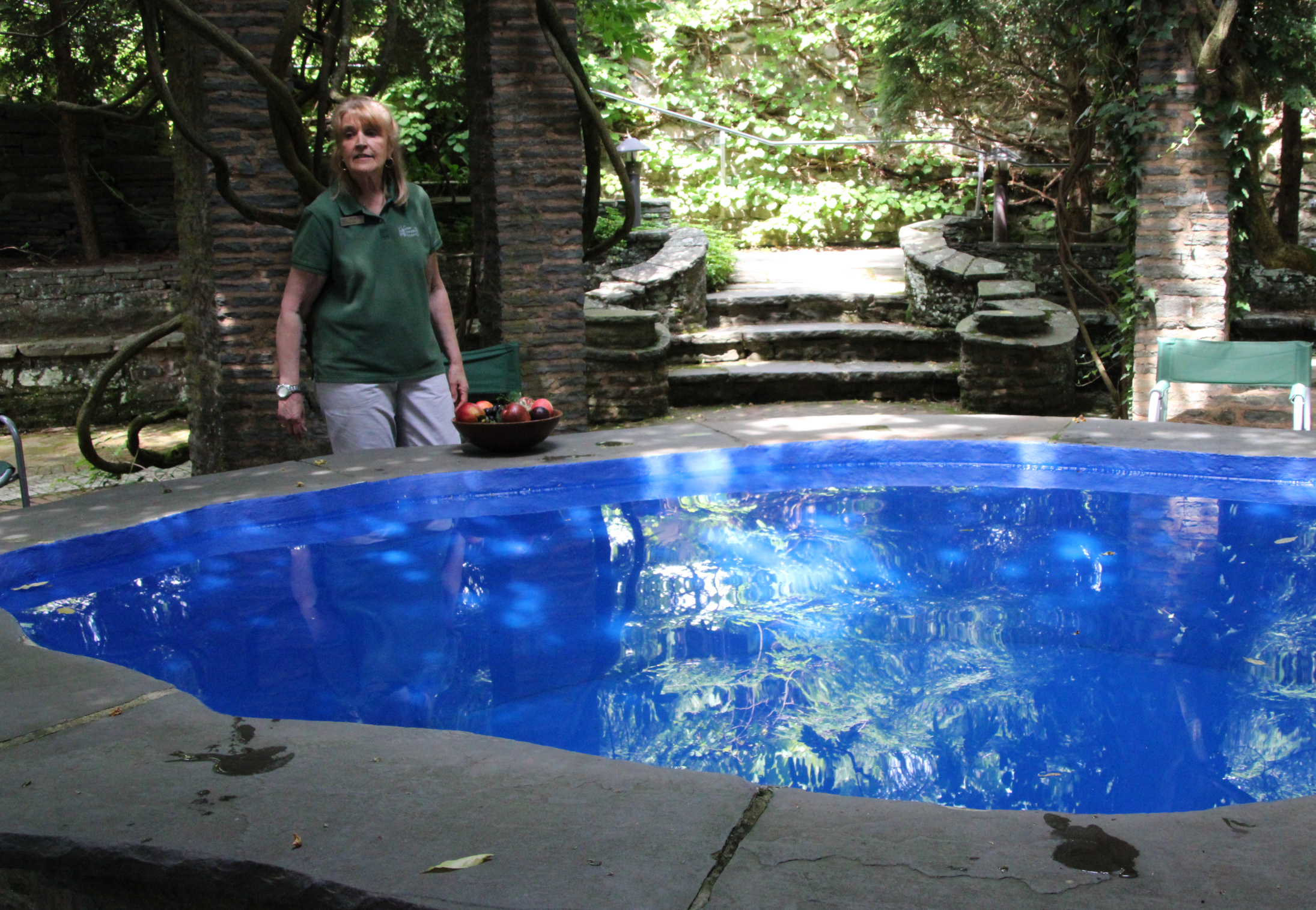
It should come as no surprise that, as prosperous business owners, politicians, and active socialites, the Pinchots frequently entertained many guests at Grey Towers.
Its main house and accompanying buildings were imposing. There was plenty of party room, inside and out. Interior furnishings featured hand-crafted details, and were imported from foreign nations where the family occasionally spent vacations.
Yet Cornelia Pinchot wanted more, the landmark’s literature explains. She sought to make a social statement for both her husband and herself. So in the 1930s, Cornelia and a New York architect created an intimate setting at which to stage dinners and other gatherings. She envisioned it as a place where topics of the day could be casually discussed.
It was dubbed “The Finger Bowl.”
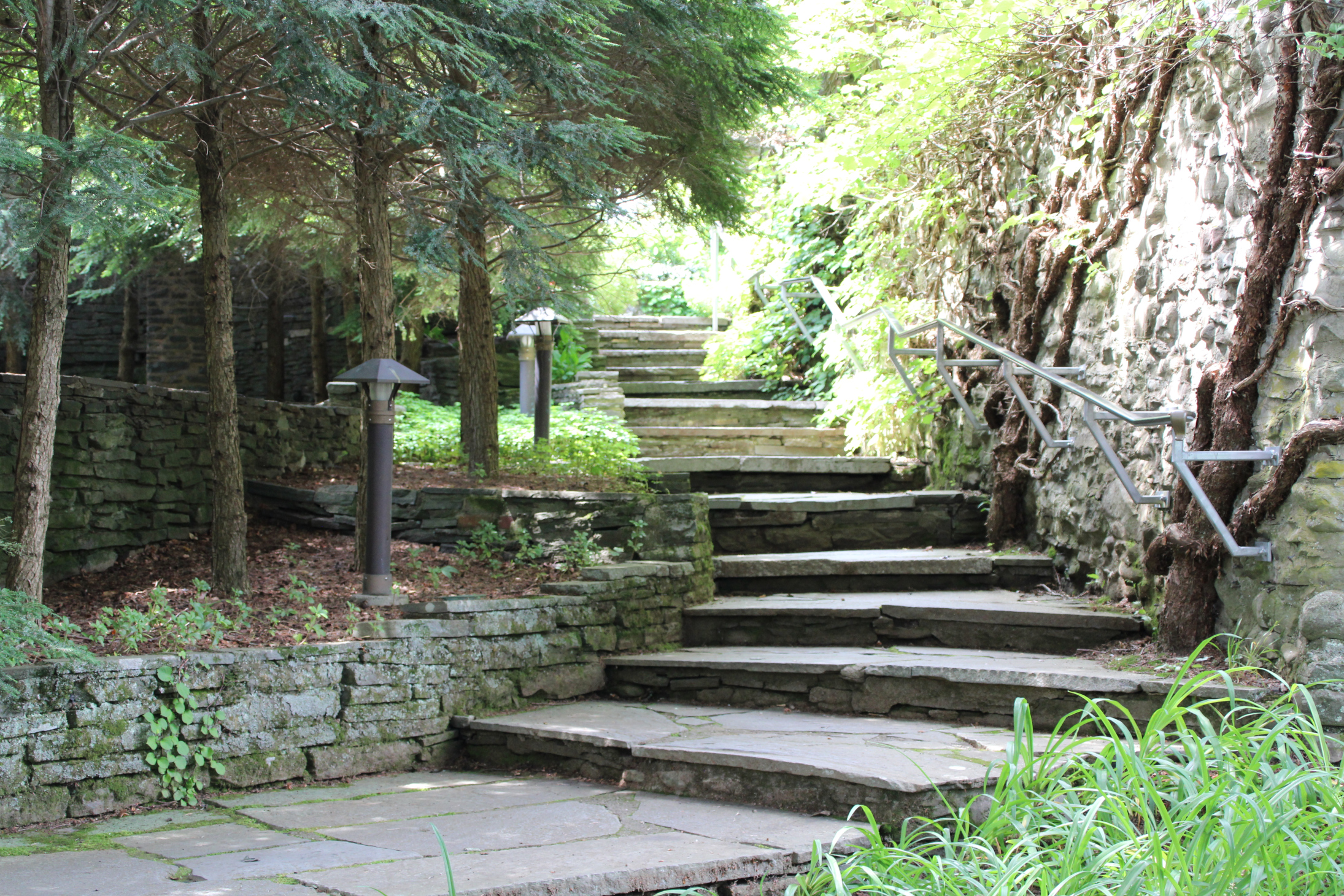
The pair designed a small, Italian-style shallow pool, around which guests were seated with plates, glasses, and utensils. Guests reached The Finger Bowl by walking from the house through the nearby garden, or via nearby stairs from an upper portion of the grounds.
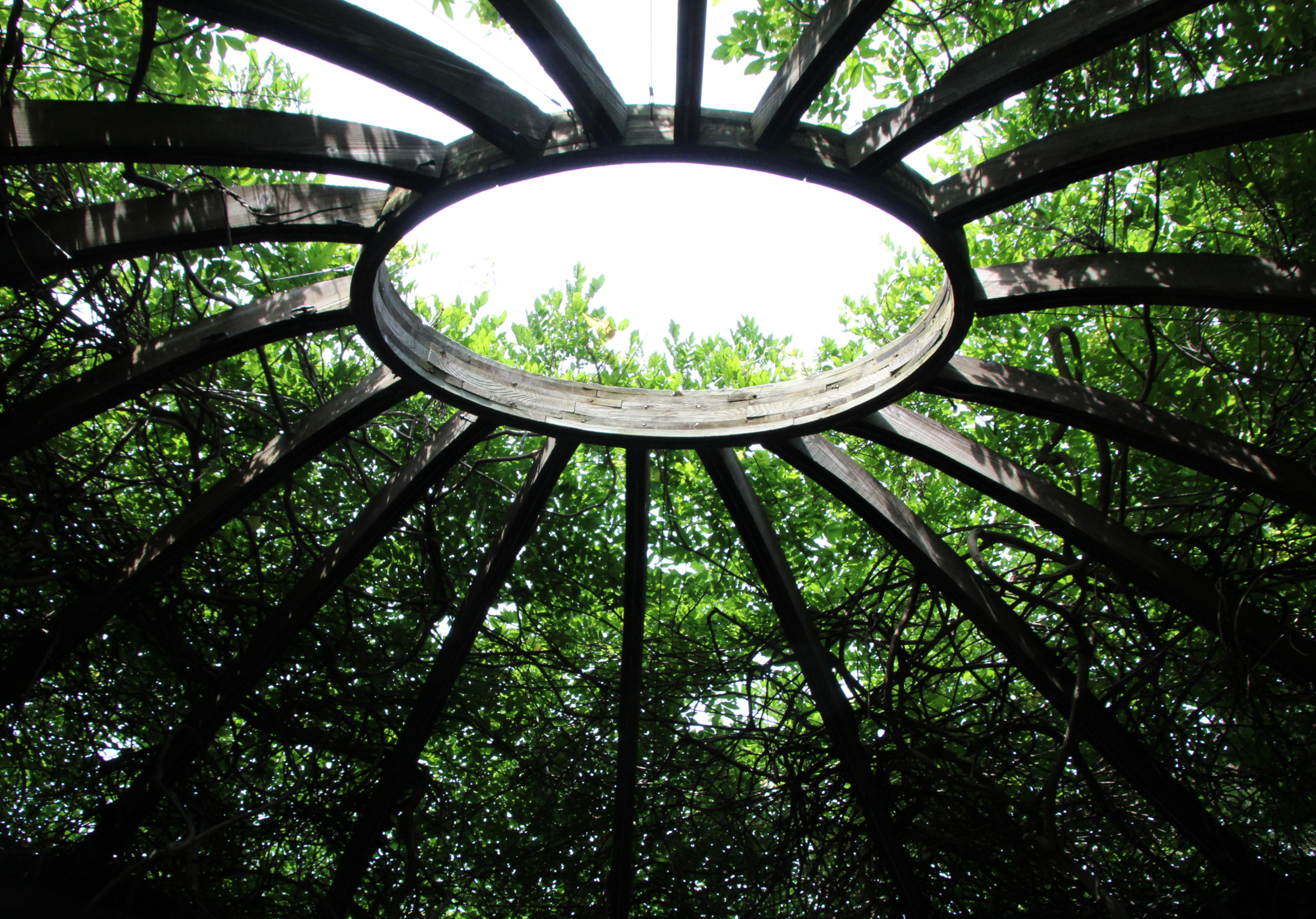
A wooden dome towered above the pool as a canopy, covered by wisteria and grape vines to form a natural ceiling. Breezes wafted in from open but also vine-clad sides.
At meal time servers would arrive from the kitchen, carrying the food atop trays made of lightweight balsa wood. The trays were placed on the surface of the pool, and guests helped themselves to various dishes as they floated by.
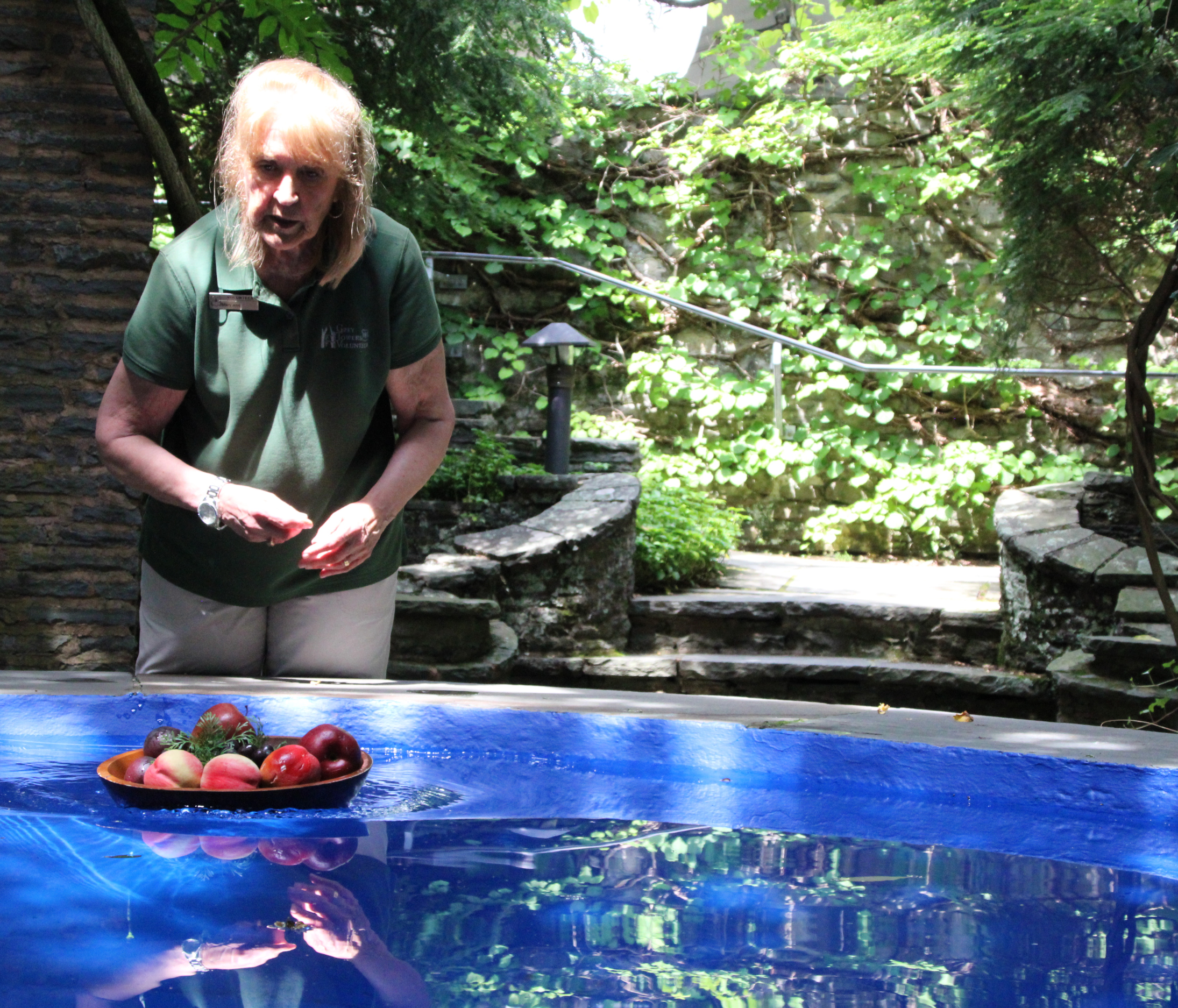
Grey Towers. They floated across the surface of The Finger Bowl without mishap
Volunteers who work as guides at Grey Towers, and who described events at The Finger Bowl in vivid detail, report only one disaster occurred during a function. A main course that proved to be too heavy to float sank in the middle of the pool.
A treat for the eyes inside
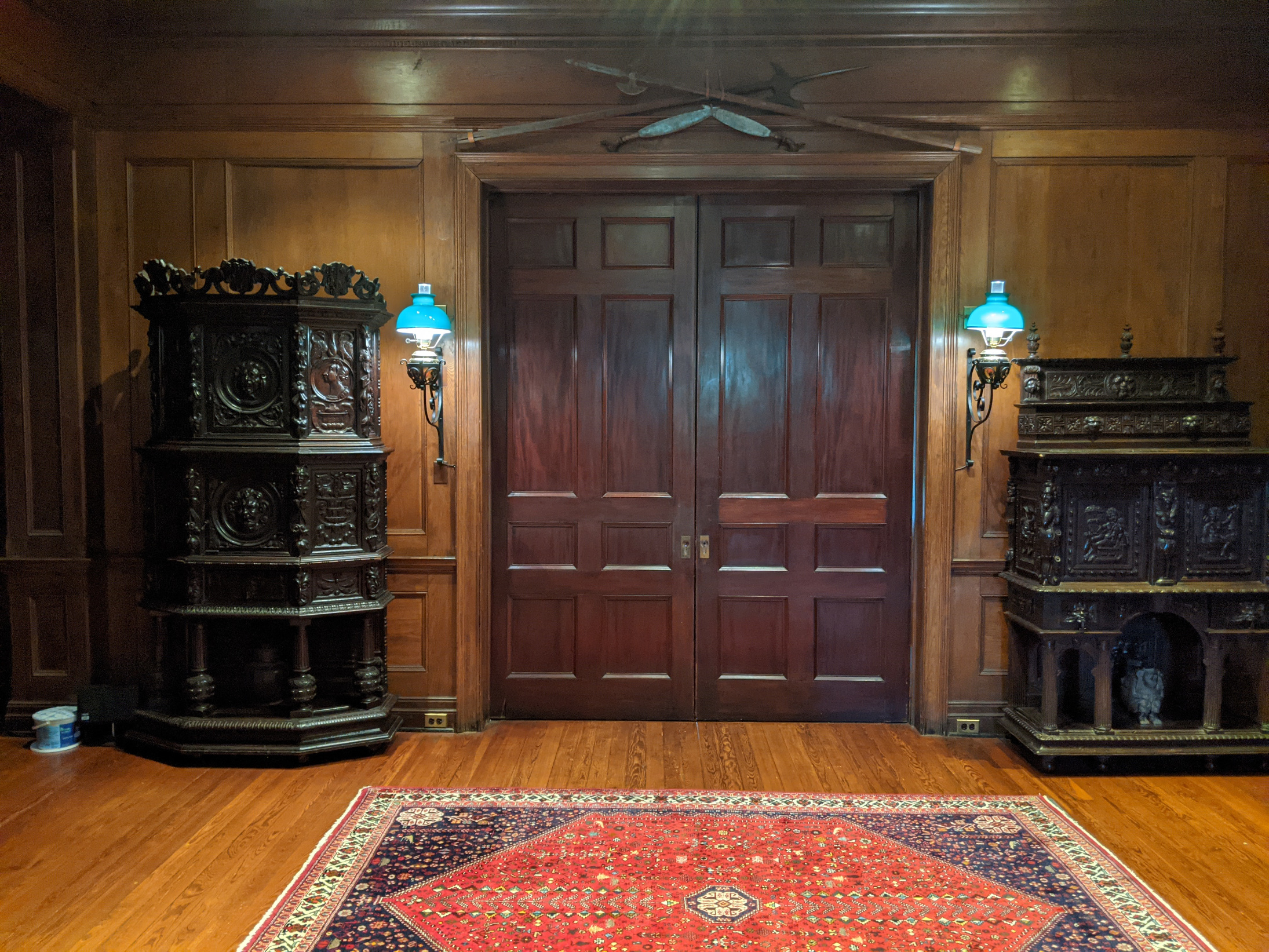
Special guests, or possibly those whom the Pinchots most wanted to impress, were invited into the mansion. Volunteer guides say they often made a grand entrance through wide and heavy wooden doors, and were welcomed as they stepped across handmade carpets. On view inside were several of the family’s collected treasures.
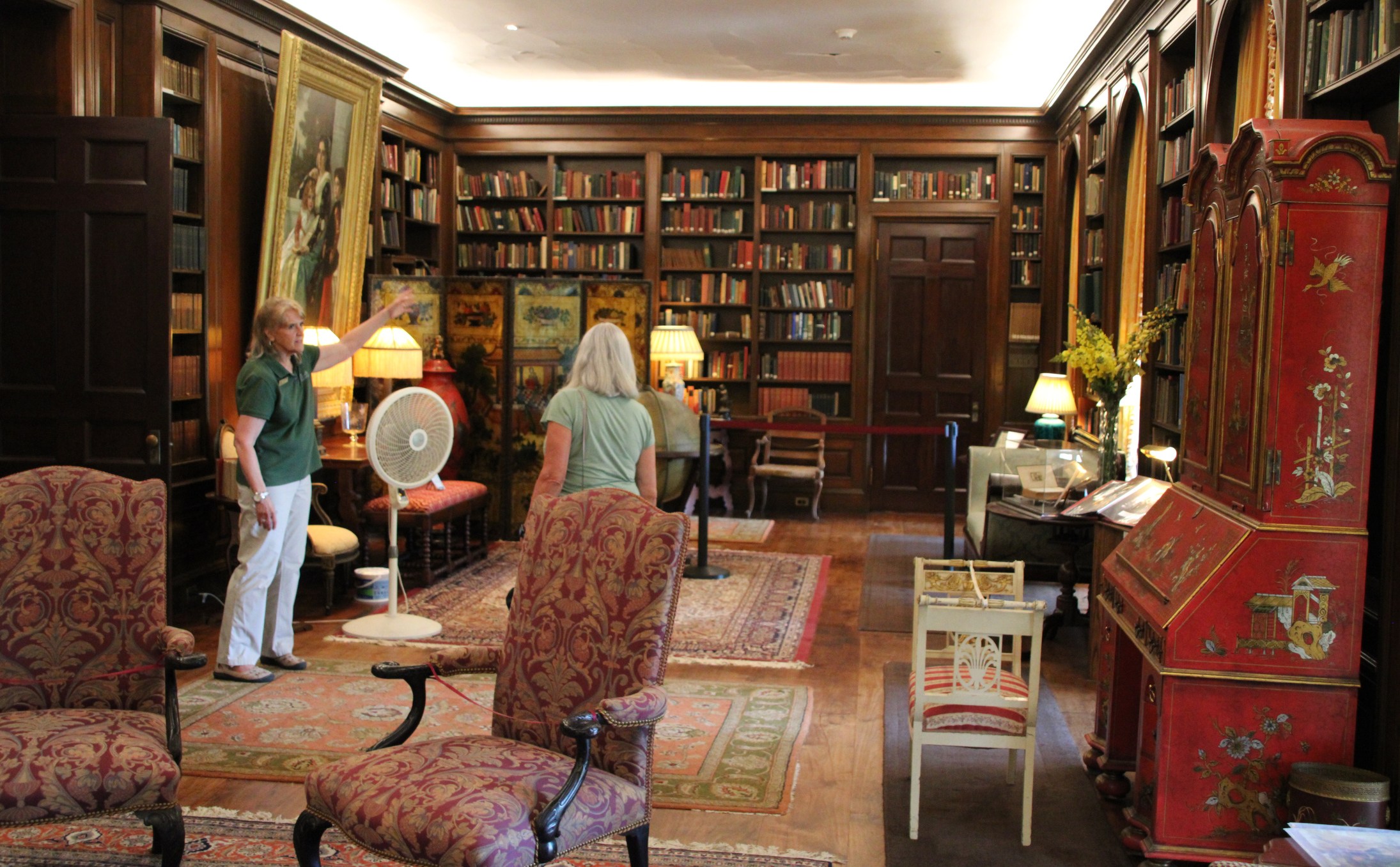
Guests may also have been shown into the adjacent library. Pinchot kept a small office there, tucked away into a corner of the mansion. It was dwarfed by floor-to-ceiling shelves filled with reference materials and personal volumes. A oil painting of Cornelia and the children dominated a section of one wall.
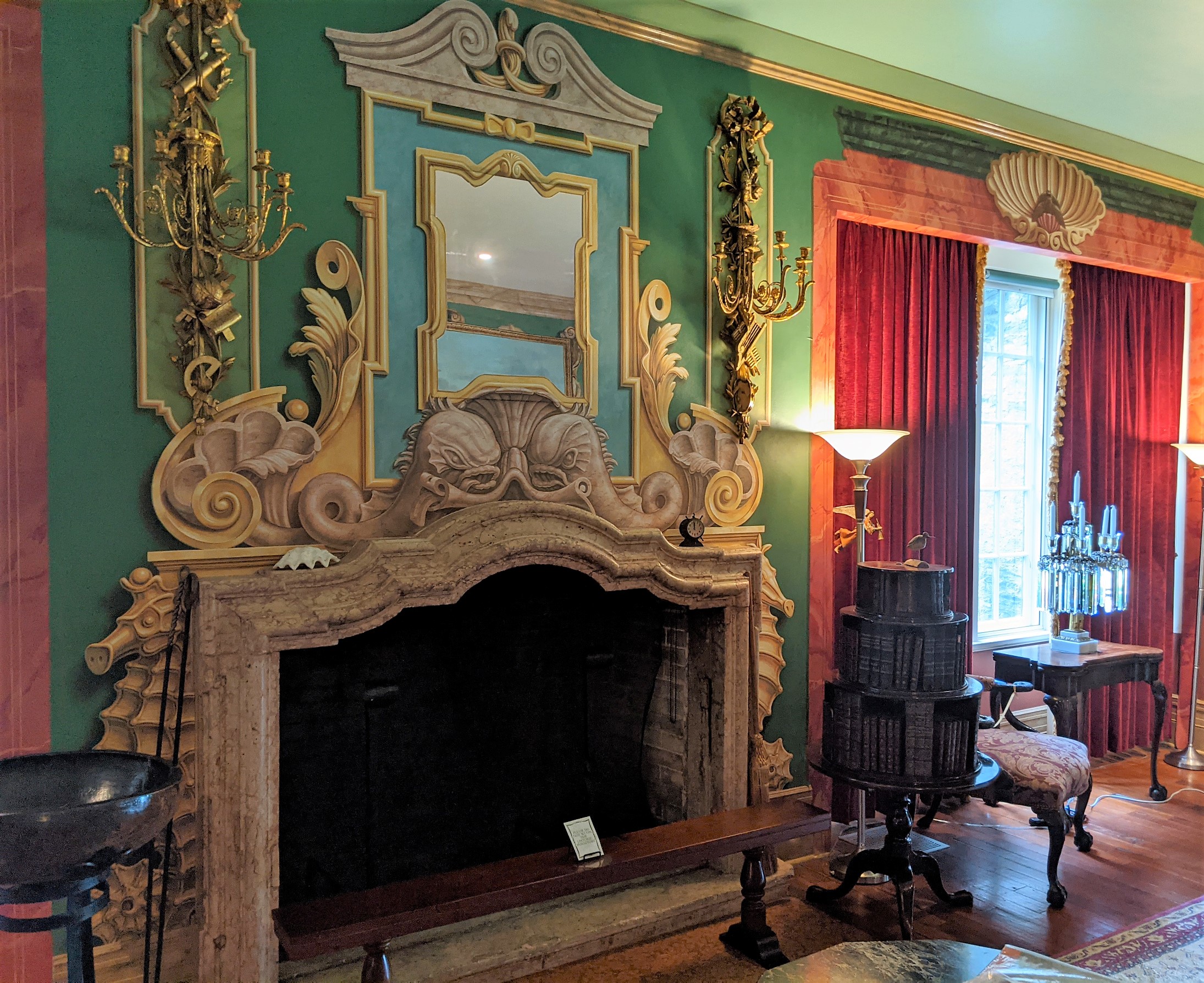
Guides also say Cornelia was particularly fond of showing off a room she had designed for her husband, an avid fisherman and outdoor enthusiast. The trompe l’oeil parlor was filled with sailing and fishing references, many of which were painted to visually appear as though they were three-dimensional. The optical illusions were said to initially fool, and then enthrall, many who saw them.
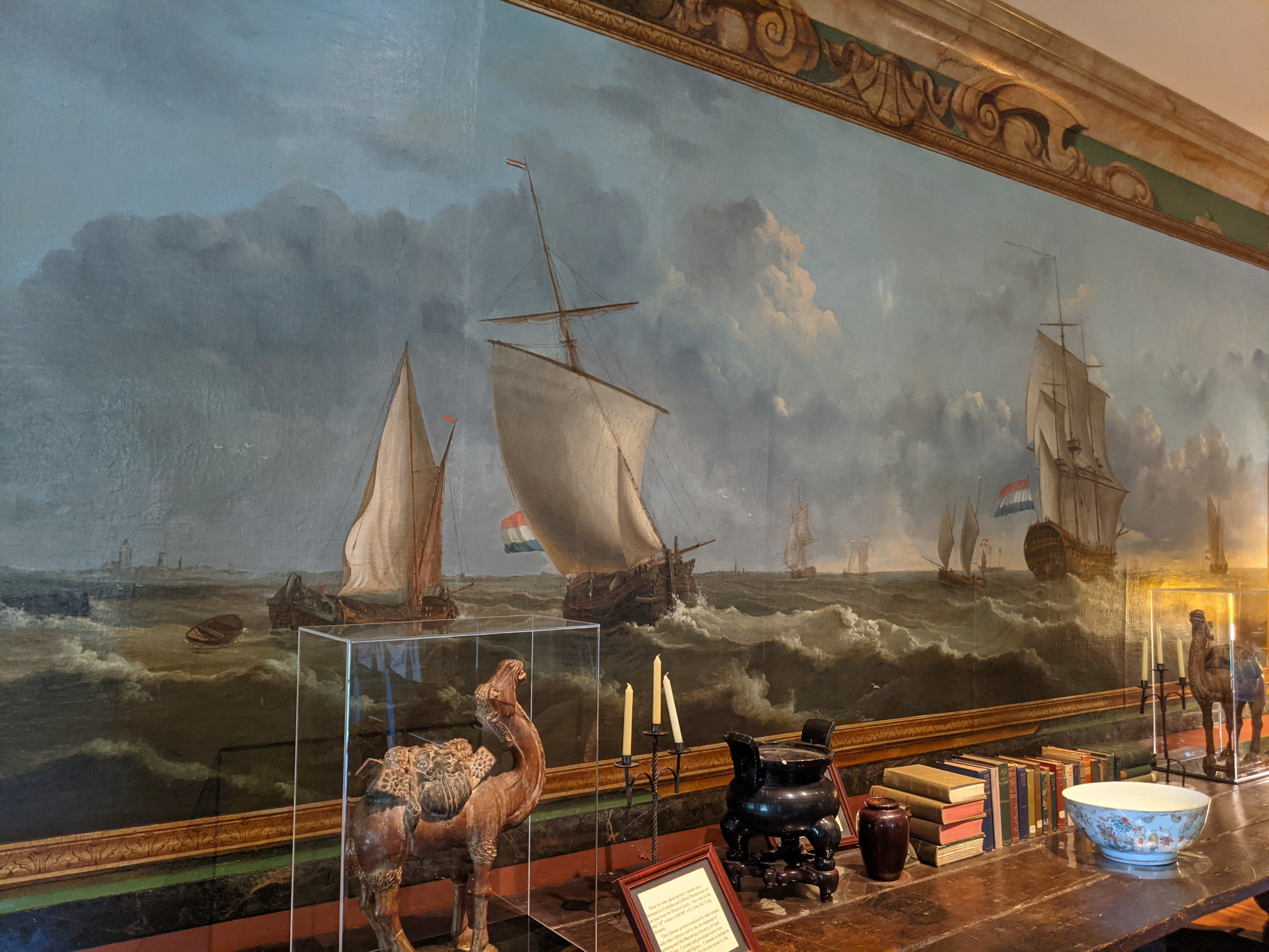
Artisans completed other portions of the piece in the same style and colors, and then gave it a trompe l’oeil frame
Things to know if you go
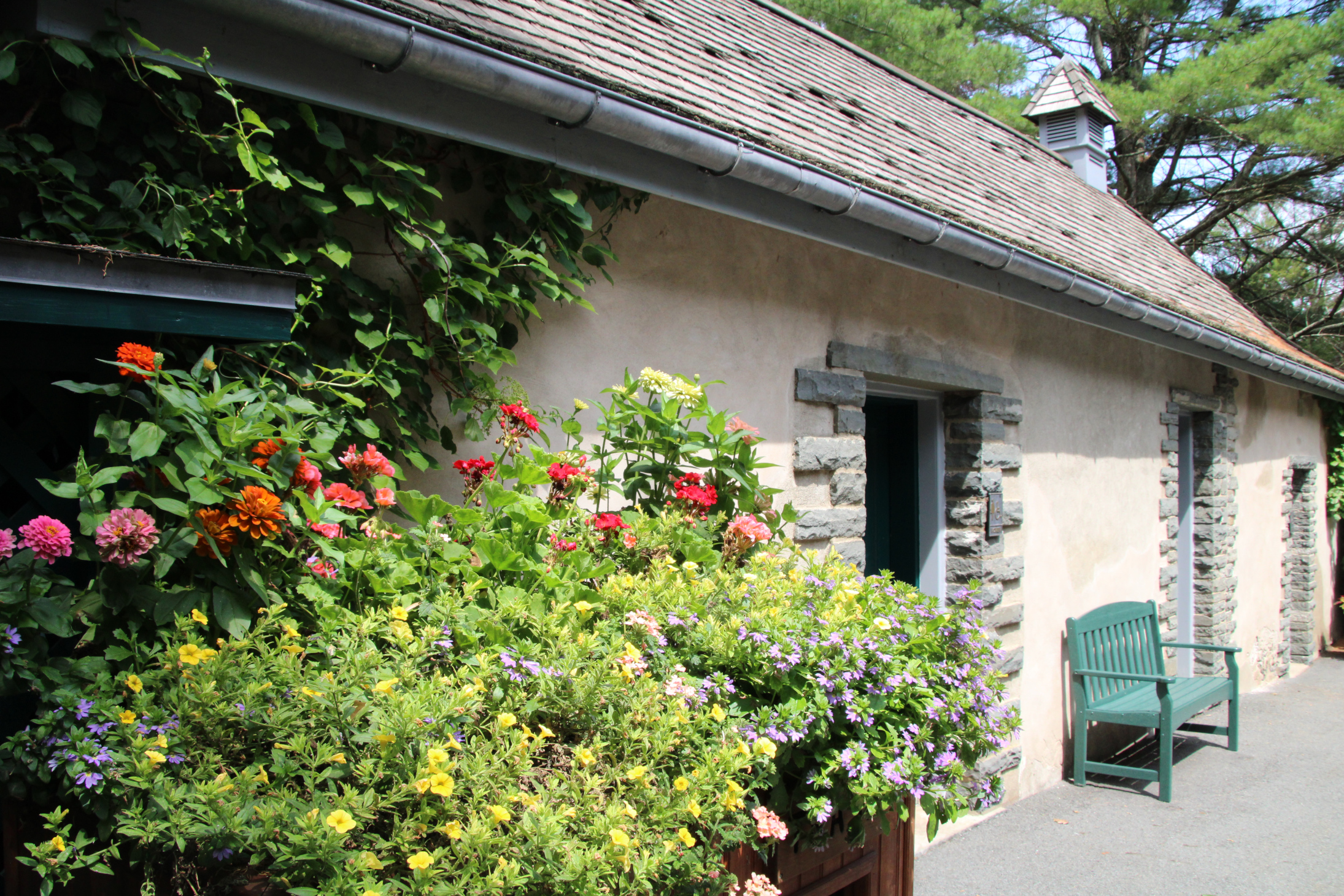
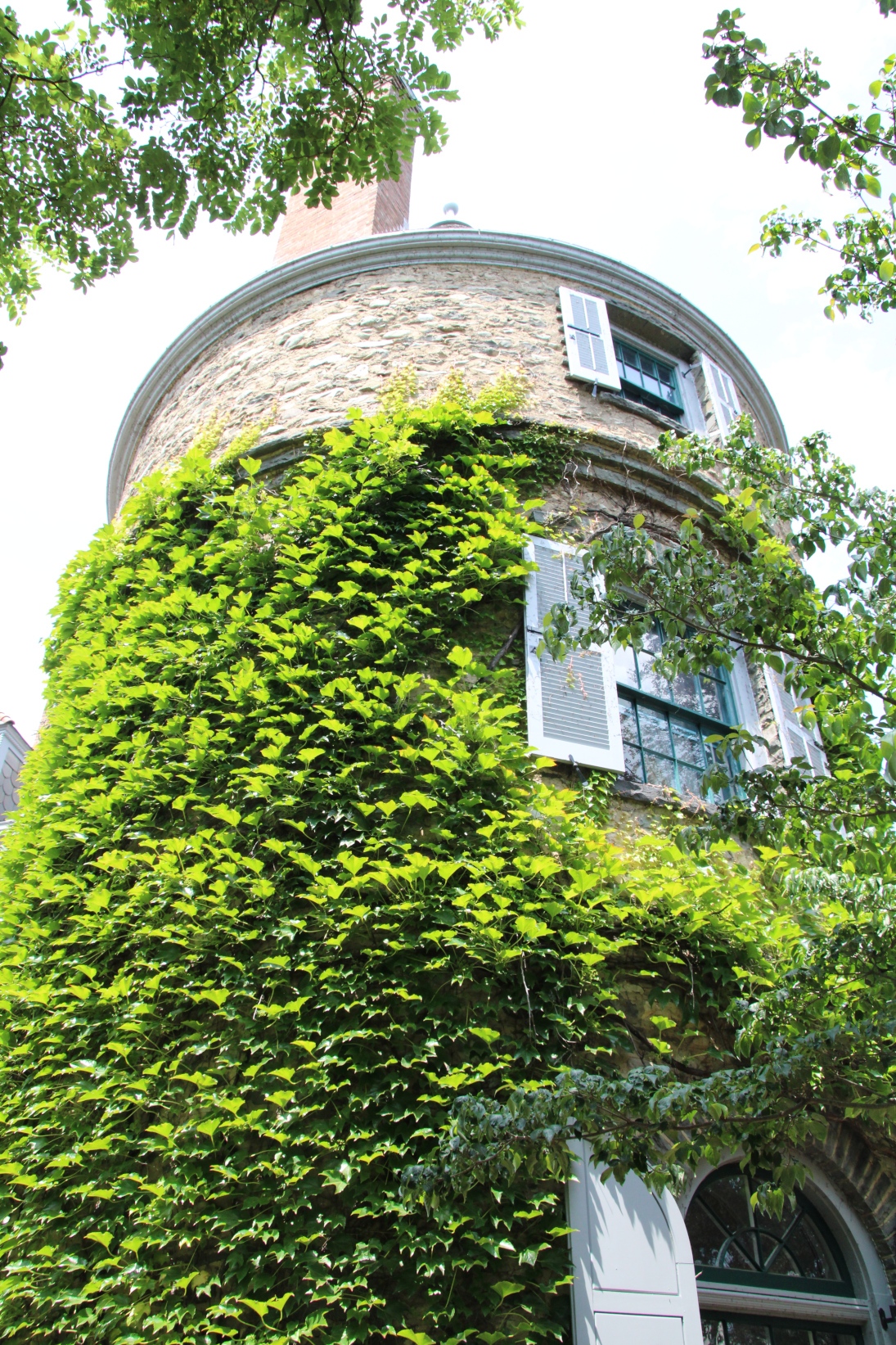
Grey Towers is a 2-1/4-hour drive, covering 104 miles, from Pottstown. It can be reached by car using state Routes 100 and 309, Interstate 78, state Route 33, and U.S. Route 209. Free parking is available on site.
Grey Towers is open to the public from Memorial Day through October. The grounds are free to roam. Mansion tours are offered Thursdays through Mondays on the hour from 11 a.m. to 3 p.m.; tour tickets can be purchased at an office on the site. If you miss the tour, or if you prefer to take it from the comfort of your armchair, a realistic virtual version is available online.
Need added incentive? Visit Grey Towers on Aug. 20 (2023; Sunday) to join in its observance of Cornelia Bryce Pinchot’s 142nd birthday. Find out why historians at the Pennsylvania Historical and Museum Commission call her “one of the most politically active first ladies in the history of Pennsylvania.”

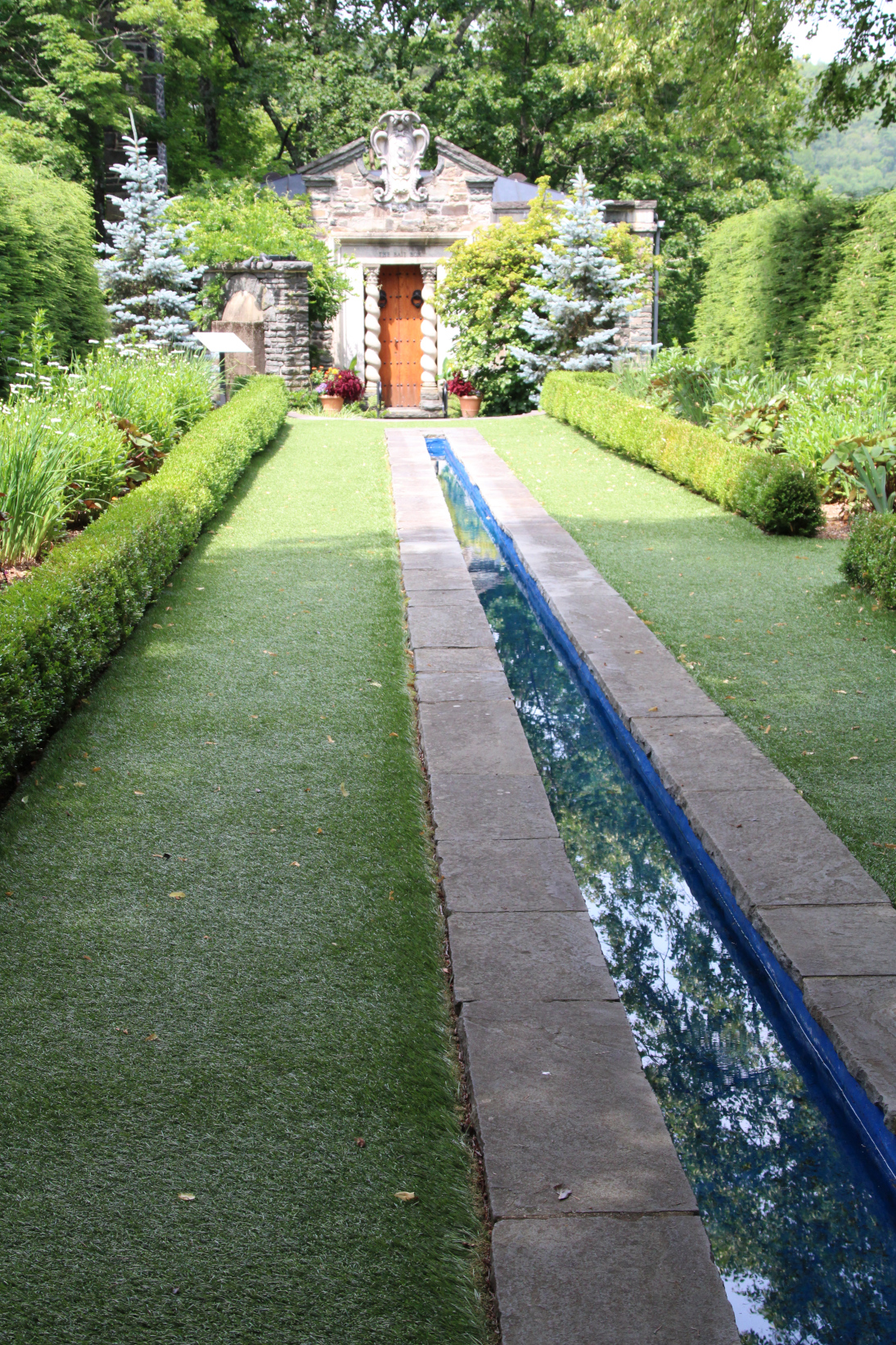
green attracts the eye, and makes the garden leading to “The Bait Box” seem longer than it is.
Photos by Travels With The Post
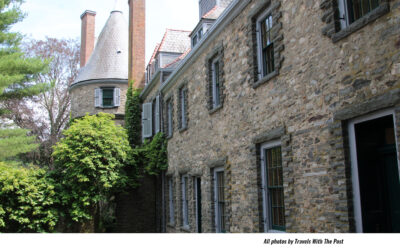
 Riverfront Park Steps in Pottstown Closed for a Week
Riverfront Park Steps in Pottstown Closed for a Week